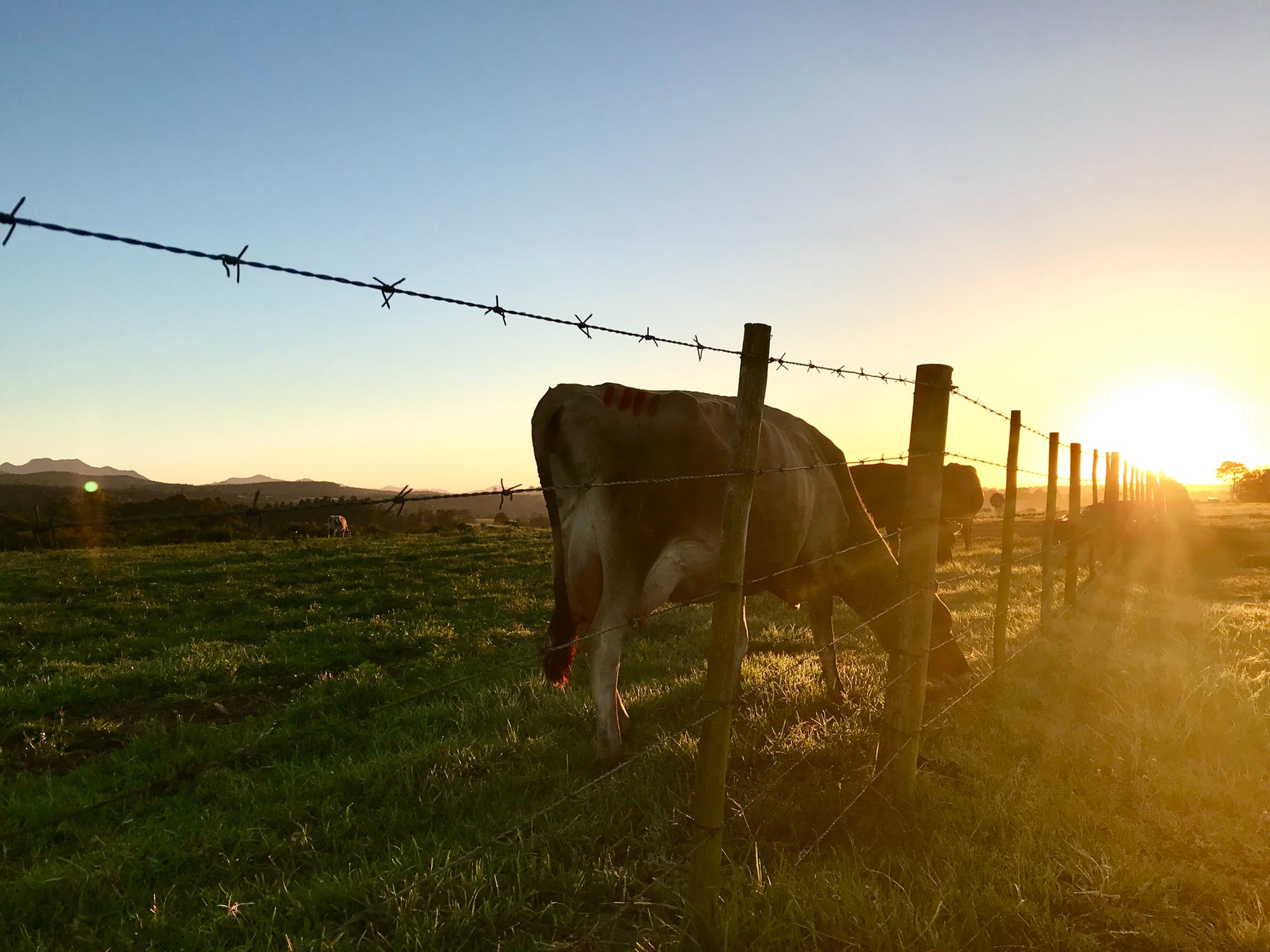Farming is not for the faint-hearted. If you can’t cope with the uncertainty of having Mother Nature as a business partner, best find a nice desk job somewhere.
Coping with extreme weather – either too dry or too wet – is one thing; the threat that pests or disease might in a matter of weeks wipe out your stock and livelihood is much worse, especially for a sharemilker, where the stock is the equity.
Mycoplasma bovis is the latest such threat. Up until a year ago, most Kiwis would never have heard of the disease; now it is impossible to miss the latest media updates on its march through the nation’s dairy and beef herds.
All farmers would now be aware of the disease’s effects, which include mastitis in dairy cows, arthritis in cows and calves, pneumonia in calves, and various other symptoms including late-term abortion.
They would also know how difficult it is to control – not all infected cows get sick, and some shed the disease without becoming ill, allowing for transmission between farms if apparently healthy cows are moved.
In this blog, we uncover the several steps farmers can take to keep their herd free of the disease.
Isolate your stock from other herds
The risk of transmission is greatest when infected animals - which may be showing no symptoms - are able to mingle with those not infected.
This can occur when herds are on the move, such as on Gypsy Day, June 1. Official advice has been to keep herds where they are, but if they have to move to a new property, they need to be isolated from the existing stock for at least seven days.
Testing, record-keeping and good communication
For many sharemilkers, keeping stock in one place is unlikely to be an option, given the business model. At the same time, sharemilkers are most vulnerable to the financial shock of a stock cull, because the stock is often all they have. Testing, record-keeping and good communication between farm owners and contract or sharemilkers can significantly reduce the risks of transmission.
Increase buffer zones
Mycoplasma bovis can “jump the fence” from a neighbouring property, or from a herd being driven along the road, if animals are able to come into close contact. This is why it's important to keep stock clear of boundaries.
Buffer zones can be created by running an electric wire one to two metres back from the boundary fence as well as by managing stock rotations with neighbours to keep adjacent paddocks vacant.
Ensure any contractors coming on to your farm have clean equipment
Mycoplasma bovis can be spread on any equipment used between farms. Contractors need to clean and disinfect machinery before moving it from one property to another. Because it causes mastitis, milking equipment is particularly important to clean and disinfect if it's shared between properties or herds.
If you have any doubts about your contractor’s commitment to equipment hygiene, it might be time to buy your own gear. Then you can bring in a cleaning and maintenance regime that gives you peace of mind.
Spread and store effluent & manure safely
If practical its recommended that you store manure for six months before spreading to kill bacteria. Infected cattle can excrete bacteria, contaminating manure and slurry.
Research has shown Mycoplasma bovis bacteria can survive in manure for up to six months, so it's recommended to store manure for at least that long. Manure should be kept in a secure structure that's inaccessible to domestic and feral animals.
Spread manure & effluent only on land that isn't going to be grazed for at least two months and avoid spreading in windy weather. This minimises the risk of infection by avoiding direct contact of cattle with contaminated manure. The two-month waiting period should also apply to grass if it's to be cut for forage.
The threat from pests and disease is as much a part of farming as the threat from extreme weather.
But unlike the weather, you can do something about disease. Mycoplasma bovis is a real and present danger for the cattle and dairy sectors but all parts of the agriculture industry face such threats at some time or other.
Prevention always comes down to the same measures – good farm hygiene, robust procedures to control what comes in and goes out of any property, and sound testing and record-keeping regimes.
Getting those things right isn’t a guarantee but it will give you the best shot of staying disease-free and staying in business.


.webp)